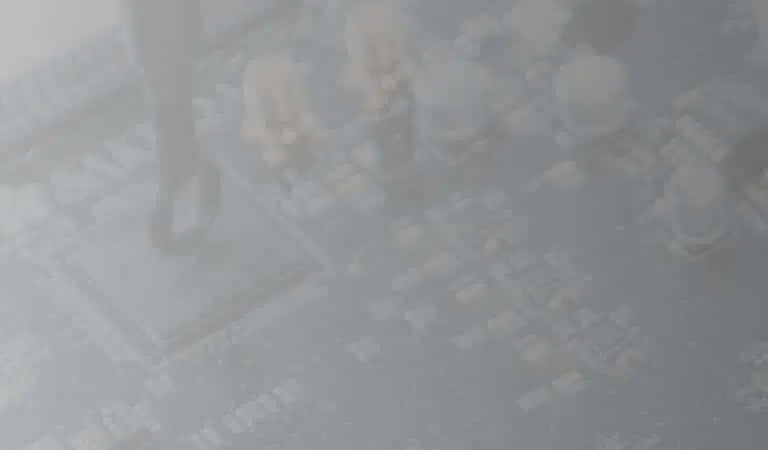Secure Hash Algorithm (SHA)
Cryptographic hash functions used to check the integrity of a data published by the National Institute of Standards and Technology (NIST). There are several versions (SHA-2, SHA-256 or SHA-512) that define hash algorithms used by administrative authorities for signing certificates.

